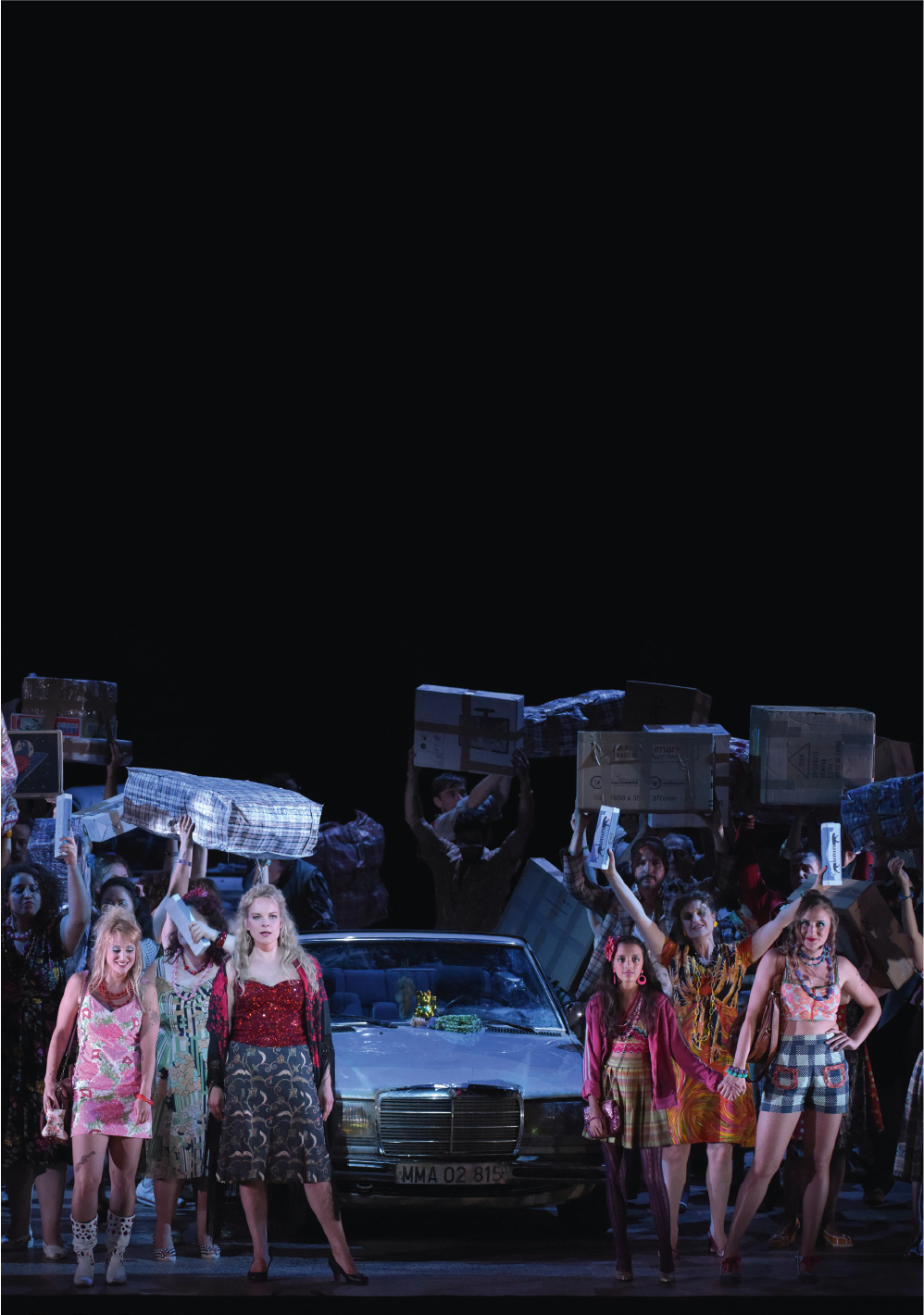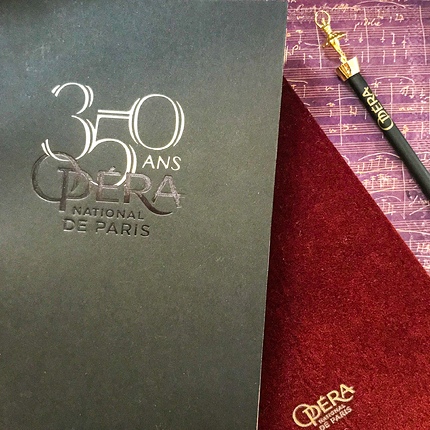Synopsis
Who are you then. My guardian angel or a perfidious seducer ?- Tatiana, Eugène Onéguine, Alexandre Pouchkine
Romanticism and Saint Petersburg dandyism take pride of place in this great classical ballet. Alexander Pushkin’s verse novel, Eugene Onegin, is a tale of missed opportunities, lost loves and bitter remorse. It is also a ballet by the choreographer John Cranko, the first representative of the Anglo-Saxon tradition to take an interest in these dramatic themes filled with emotional intensity. He was rapidly captivated by the thwarted love and tormented passion that characterise this work of Shakespearean dimensions. Extracts from works by Tchaikovsky support the lyrical flight of the dancers’ movements and the theatricality of the work.
Duration : 2h20 with 2 intervals
Artists
Ballet in three acts
After Alexandre Pouchkine
Creative team
Cast
- Friday 09 February 2018 at 19:30
- Saturday 10 February 2018 at 19:30
- Sunday 11 February 2018 at 14:30
- Tuesday 13 February 2018 at 19:30
- Wednesday 14 February 2018 at 19:30
- Thursday 15 February 2018 at 19:30
- Friday 16 February 2018 at 19:30
- Saturday 17 February 2018 at 19:30
- Tuesday 20 February 2018 at 19:30
- Wednesday 21 February 2018 at 19:30
- Thursday 22 February 2018 at 19:30
- Friday 23 February 2018 at 19:30
- Saturday 24 February 2018 at 19:30
- Sunday 25 February 2018 at 14:30
- Tuesday 27 February 2018 at 19:30
- Wednesday 28 February 2018 at 20:00
- Thursday 01 March 2018 at 20:00
- Friday 02 March 2018 at 20:00
- Saturday 03 March 2018 at 20:00
- Monday 05 March 2018 at 19:30
- Tuesday 06 March 2018 at 19:30
- Wednesday 07 March 2018 at 19:30
Latest update 31 January 2018, cast is likely to change.
Latest update 31 January 2018, cast is likely to change.
Latest update 31 January 2018, cast is likely to change.
Latest update 31 January 2018, cast is likely to change.
Latest update 31 January 2018, cast is likely to change.
Latest update 31 January 2018, cast is likely to change.
Latest update 31 January 2018, cast is likely to change.
Latest update 31 January 2018, cast is likely to change.
Latest update 31 January 2018, cast is likely to change.
Latest update 31 January 2018, cast is likely to change.
Latest update 31 January 2018, cast is likely to change.
Latest update 31 January 2018, cast is likely to change.
Latest update 31 January 2018, cast is likely to change.
Latest update 31 January 2018, cast is likely to change.
Latest update 31 January 2018, cast is likely to change.
Latest update 31 January 2018, cast is likely to change.
Latest update 31 January 2018, cast is likely to change.
Latest update 31 January 2018, cast is likely to change.
Latest update 31 January 2018, cast is likely to change.
Latest update 31 January 2018, cast is likely to change.
Latest update 31 January 2018, cast is likely to change.
Les Étoiles, les Premiers Danseurs et le Corps de Ballet
Orchestre de l’Opéra national de Paris
Media
Access and services
Palais Garnier
Place de l'Opéra
75009 Paris
Public transport
Underground Opéra (lignes 3, 7 et 8), Chaussée d’Antin (lignes 7 et 9), Madeleine (lignes 8 et 14), Auber (RER A)
Bus 20, 21, 27, 29, 32, 45, 52, 66, 68, 95, N15, N16
Calculate my routeAt the Palais Garnier, buy €10 tickets for seats in the 6th category (very limited visibility, two tickets maximum per person) on the day of the performance at the Box offices.
In both our venues, discounted tickets are sold at the box offices from 30 minutes before the show:
- €25 tickets for under-28s, unemployed people (with documentary proof less than 3 months old) and senior citizens over 65 with non-taxable income (proof of tax exemption for the current year required)
- €40 tickets for senior citizens over 65
Get samples of the operas and ballets at the Paris Opera gift shops: programmes, books, recordings, and also stationery, jewellery, shirts, homeware and honey from Paris Opera.
Palais Garnier
- Every day from 10:30 a.m. to 6 p.m. and until performances end
- Get in from Place de l’Opéra or from within the theatre’s public areas
- For more information: +33 1 53 43 03 97
Online
Palais Garnier
Place de l'Opéra
75009 Paris
Public transport
Underground Opéra (lignes 3, 7 et 8), Chaussée d’Antin (lignes 7 et 9), Madeleine (lignes 8 et 14), Auber (RER A)
Bus 20, 21, 27, 29, 32, 45, 52, 66, 68, 95, N15, N16
Calculate my routeAt the Palais Garnier, buy €10 tickets for seats in the 6th category (very limited visibility, two tickets maximum per person) on the day of the performance at the Box offices.
In both our venues, discounted tickets are sold at the box offices from 30 minutes before the show:
- €25 tickets for under-28s, unemployed people (with documentary proof less than 3 months old) and senior citizens over 65 with non-taxable income (proof of tax exemption for the current year required)
- €40 tickets for senior citizens over 65
Get samples of the operas and ballets at the Paris Opera gift shops: programmes, books, recordings, and also stationery, jewellery, shirts, homeware and honey from Paris Opera.
Palais Garnier
- Every day from 10:30 a.m. to 6 p.m. and until performances end
- Get in from Place de l’Opéra or from within the theatre’s public areas
- For more information: +33 1 53 43 03 97


































































































